OSS BLOG
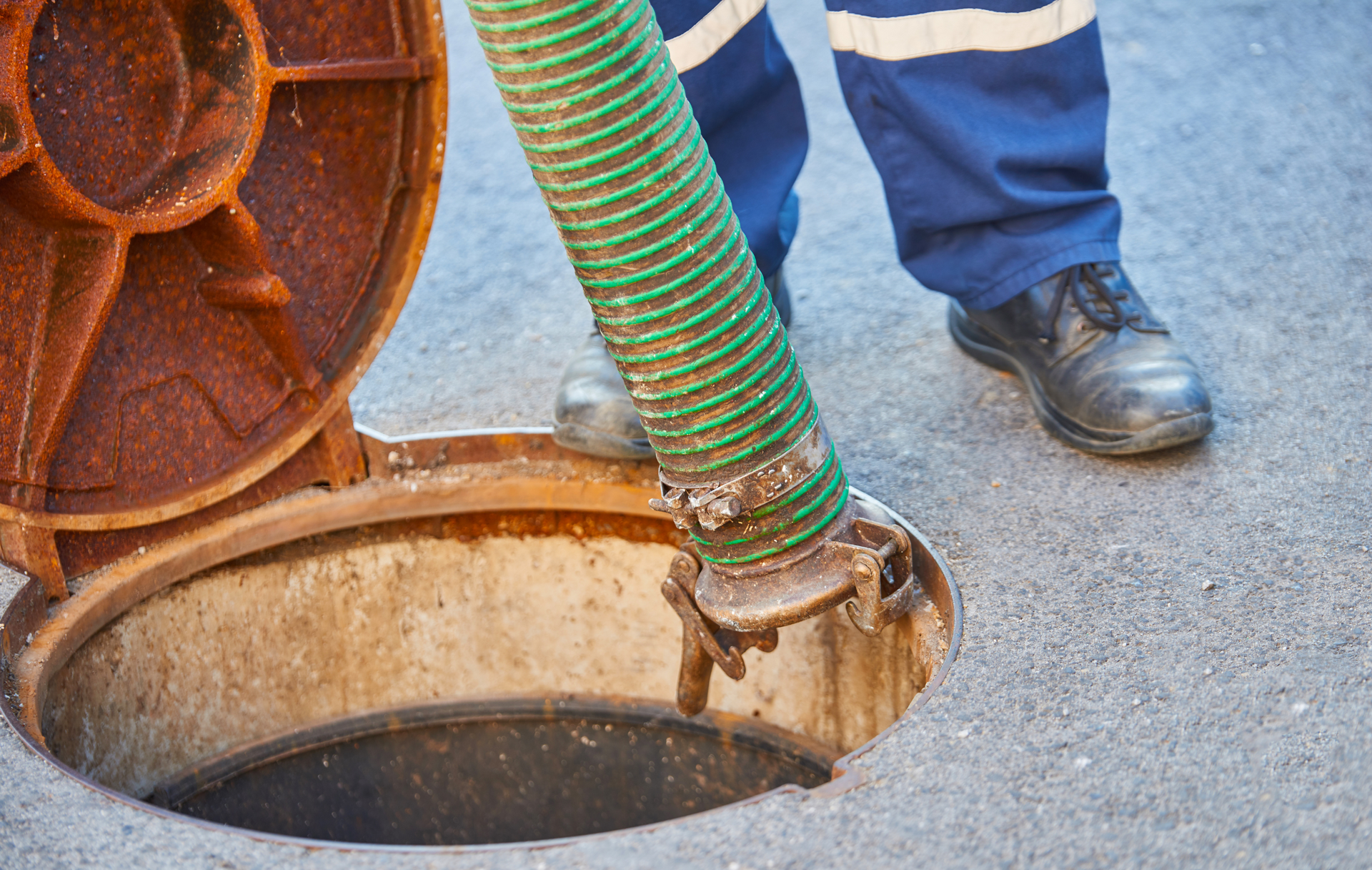
Septic system failures can be costly, inconvenient, and hazardous to both property and health. Fortunately, with proper maintenance and proactive measures, many septic system failures can be prevented. In this guide, Oxford Septic Services shares valuable tips to help homeowners and businesses avoid septic system failures and ensure the long-term functionality of their systems. Chapter 1: Regular Maintenance Inspections Routine maintenance inspections are essential for identifying potential issues early and preventing costly repairs. Oxford Septic Services recommends scheduling regular inspections to assess the condition of your septic system and address any problems before they escalate. Chapter 2: Timely Septic Tank Pumping Regular septic tank pumping is crucial for removing accumulated solids and preventing clogs and backups. Oxford Septic Services advises homeowners to adhere to a consistent pumping schedule based on factors such as household size and usage to maintain optimal tank capacity. Chapter 3: Proper Waste Disposal Practices Improper disposal of household waste can overload septic systems and lead to system failures. Oxford Septic Services recommends avoiding flushing non-biodegradable items, grease, and chemicals down drains and toilets to prevent clogs and damage to the system. Chapter 4: Protecting the Drain Field The drain field plays a critical role in wastewater treatment and dispersal. To prevent drain field failure, Oxford Septic Services advises property owners to avoid parking vehicles or installing structures over the drain field and to maintain proper landscaping to prevent root intrusion. Chapter 5: Prompt Repairs and Maintenance Addressing minor issues promptly can prevent them from escalating into major septic system failures. Oxford Septic Services recommends contacting a professional at the first sign of trouble, such as slow drains, foul odors, or sewage backups, to prevent further damage. Chapter 6: Environmental Awareness Understanding the environmental impact of septic system failures can motivate property owners to prioritize proper maintenance and care. Oxford Septic Services emphasizes the importance of responsible waste management and eco-friendly practices to protect local water sources and ecosystems. Conclusion: By following these tips from Oxford Septic Services, homeowners and businesses can take proactive steps to prevent septic system failures and maintain the functionality of their systems for years to come. With regular maintenance, proper waste disposal practices, and prompt repairs, property owners can avoid costly and disruptive septic system failures and enjoy peace of mind knowing their systems are in good working order.
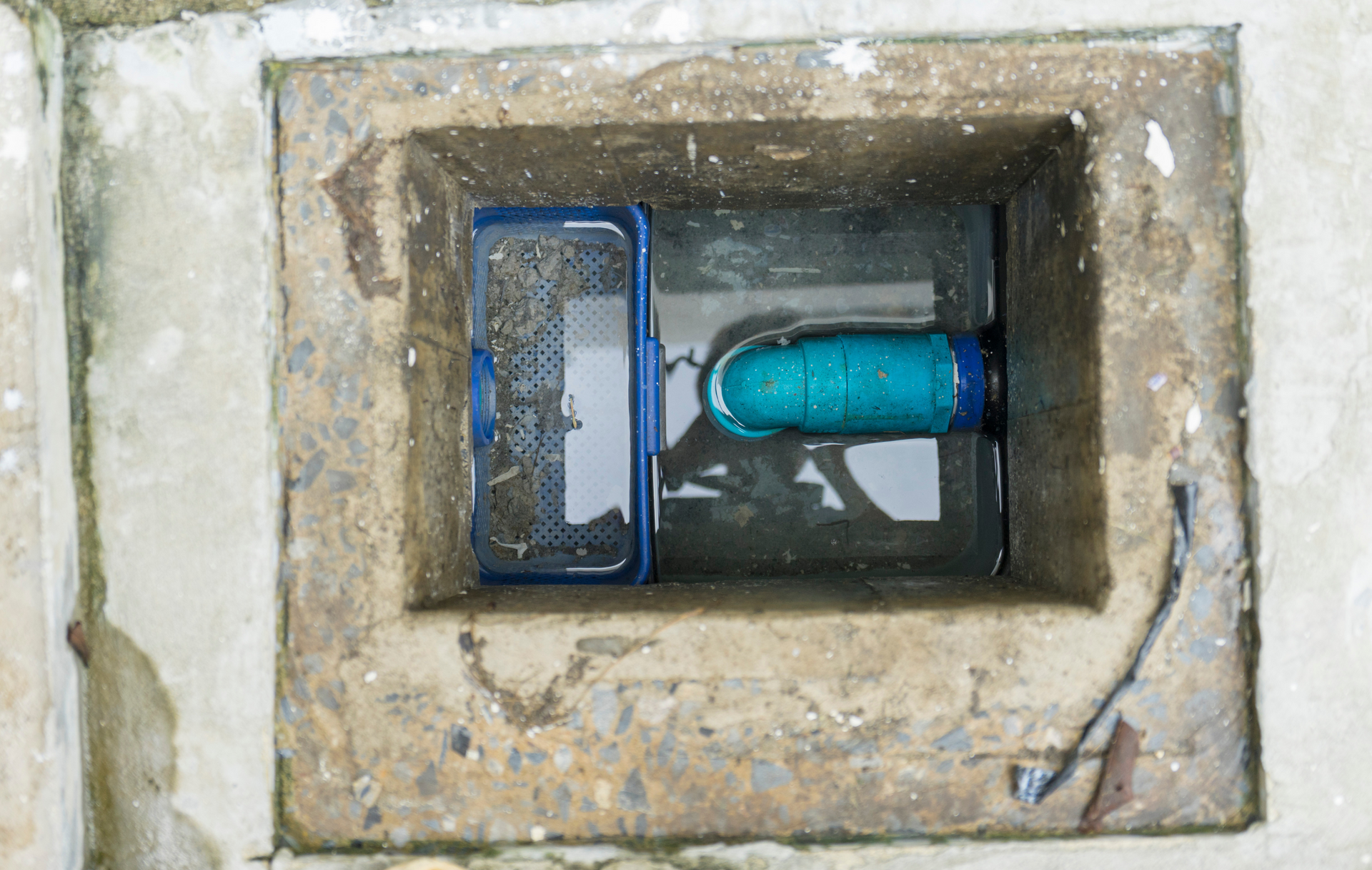
Oxford Septic Services plays a crucial role in ensuring the health and functionality of septic systems in our community. With years of experience and expertise, our team is dedicated to providing top-quality services to homeowners and businesses alike. In this guide, we'll explore the vital role that Oxford Septic Services plays in maintaining healthy septic systems and preserving the well-being of our environment. Chapter 1: Comprehensive Septic System Maintenance Oxford Septic Services offers comprehensive maintenance services designed to keep septic systems running smoothly. From regular inspections to proactive maintenance measures, our team ensures that septic systems remain in optimal condition year-round. Chapter 2: Professional Septic Tank Pumping Regular septic tank pumping is essential for preventing backups and maintaining the proper functioning of septic systems. Oxford Septic Services provides professional pumping services tailored to the unique needs of each property, ensuring efficient removal of waste and sludge. Chapter 3: Prompt Septic System Repairs When issues arise with septic systems, prompt repairs are crucial to prevent further damage and ensure continued functionality. Oxford Septic Services offers timely and reliable repair services, addressing issues such as leaks, clogs, and drain field problems with expertise and efficiency. Chapter 4: Expert Leach Field Services Leach fields are an integral part of septic systems, responsible for filtering and dispersing wastewater into the soil. Oxford Septic Services offers expert leach field services, including inspections, repairs, and installations, to ensure the proper functioning of this critical component. Chapter 5: Emergency Septic Services Septic emergencies can occur at any time, posing significant risks to property and health. Oxford Septic Services offers emergency services around the clock, providing prompt response and effective solutions to mitigate damage and restore functionality. Chapter 6: Residential and Commercial Solutions Whether it's a residential property or a commercial establishment, Oxford Septic Services offers tailored solutions to meet the unique needs of each client. From small homes to large commercial properties, our team has the expertise and resources to handle any septic system challenge. Chapter 7: Environmental Stewardship At Oxford Septic Services, we are committed to environmental stewardship and sustainable practices. We prioritize eco-friendly solutions and responsible waste management techniques to minimize our impact on the environment and protect natural resources. Conclusion: Oxford Septic Services plays a vital role in maintaining healthy septic systems and preserving the well-being of our community. With comprehensive maintenance services, prompt repairs, and a commitment to environmental stewardship, our team ensures that septic systems remain in optimal condition for years to come. Trust Oxford Septic Services for all your septic system needs and experience the difference firsthand.

Septic tank pumping is a crucial aspect of septic system maintenance that often goes overlooked by property owners. Regular pumping helps prevent costly repairs, prolongs the lifespan of the septic system, and protects the environment from contamination. In this guide, Oxford Septic Services shares valuable insights into the importance of routine septic tank pumping and its many benefits. Chapter 1: Understanding the Role of Septic Tank Pumping Overview of the septic tank pumping process and its significance in maintaining a healthy septic system Explanation of how septic tank pumping removes accumulated solids and sludge from the tank, preventing clogs and backups Chapter 2: Preventing Costly Repairs and System Failures Discussion of the potential consequences of neglecting septic tank pumping, including system backups, drain field damage, and groundwater contamination Exploration of the financial implications of septic system repairs and replacements compared to the relatively low cost of routine pumping Chapter 3: Extending the Lifespan of Your Septic System Explanation of how regular septic tank pumping helps prolong the lifespan of the septic system by reducing stress on system components and preventing premature failure Discussion of the correlation between routine pumping and the overall health and longevity of the septic system Chapter 4: Protecting the Environment and Public Health Examination of the environmental and public health risks associated with untreated wastewater discharge from poorly maintained septic systems Explanation of how routine septic tank pumping helps mitigate these risks by preventing groundwater contamination and protecting local water sources Chapter 5: Maintaining Property Value and Resale Potential Exploration of the impact of a well-maintained septic system on property value and resale potential Discussion of how routine septic tank pumping demonstrates responsible property ownership and can increase buyer confidence during real estate transactions Chapter 6: Ensuring Regulatory Compliance Overview of local regulations and requirements regarding septic system maintenance and pumping frequency Explanation of how routine septic tank pumping helps property owners remain in compliance with regulatory standards and avoid potential fines or penalties Chapter 7: Best Practices for Scheduling Septic Tank Pumping Recommendations for establishing a regular pumping schedule based on factors such as household size, water usage, and septic system capacity Tips for working with professional septic service providers like Oxford Septic Services to schedule timely and efficient pumping services Conclusion: Routine septic tank pumping is an essential aspect of responsible septic system ownership, offering numerous benefits for property owners, the environment, and public health. By understanding the importance of routine pumping and working with trusted professionals like Oxford Septic Services, property owners can ensure the long-term performance and reliability of their septic systems.
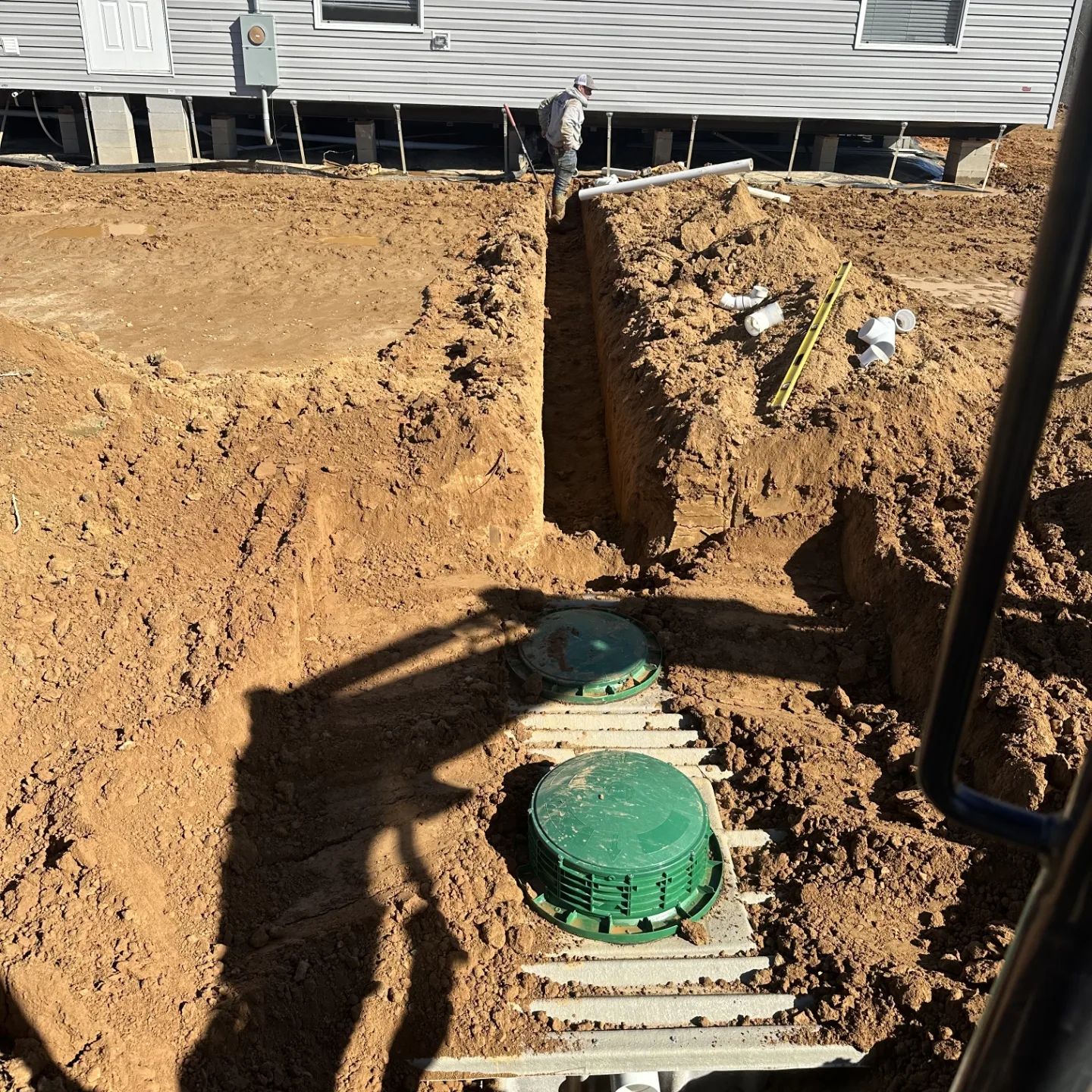
Installing a septic system is a critical step in ensuring proper wastewater management for residential and commercial properties. However, the installation process can be complex and requires careful planning and execution. In this comprehensive guide, Oxford Septic Services provides essential information and expert tips for homeowners and property owners considering septic system installation. Chapter 1: Understanding the Basics of Septic Systems Overview of septic systems and their components, including the septic tank, drain field, and distribution box Explanation of how septic systems function to treat and dispose of wastewater on-site, without access to a municipal sewer system Chapter 2: Assessing Site Conditions and Permitting Requirements Guidance on assessing soil conditions, topography, and site suitability for septic system installation Explanation of the permitting process and regulatory requirements for septic system installation, including obtaining necessary permits and approvals from local authorities Chapter 3: Designing the Septic System Overview of the steps involved in designing a septic system, including determining system size, layout, and location Discussion of factors to consider when designing a septic system, such as property size, soil type, and groundwater levels Chapter 4: Selecting and Installing Septic System Components Explanation of the different types of septic tanks, drain fields, distribution boxes, and other system components available for installation Step-by-step instructions for properly installing septic system components, including excavation, tank placement, piping installation, and backfilling Chapter 5: Ensuring Proper System Ventilation and Plumbing Connections Importance of providing adequate ventilation for the septic system to prevent the buildup of harmful gases, such as methane and hydrogen sulfide Guidelines for properly connecting plumbing fixtures, such as toilets, sinks, and showers, to the septic system to ensure efficient wastewater flow Chapter 6: Conducting Final Inspections and Testing Overview of the final inspection and testing process to ensure that the septic system meets all regulatory requirements and functions properly Explanation of common tests conducted during the final inspection, such as hydraulic load testing, dye testing, and soil percolation testing Chapter 7: Maintaining and Caring for Your New Septic System Recommendations for ongoing maintenance and care of the newly installed septic system, including routine pumping, inspection, and monitoring Tips for avoiding common pitfalls and ensuring the long-term reliability and performance of the septic system Conclusion: By following the guidelines and expert tips provided in this guide, property owners can navigate the septic system installation process with confidence. With careful planning, proper design, and professional installation by Oxford Septic Services, property owners can ensure the reliable operation and longevity of their septic systems for years to come.

Residential septic systems are essential for managing household wastewater in areas without access to municipal sewer systems. However, like any other system, they can encounter issues that require troubleshooting and repair. In this guide, Oxford Septic Services provides valuable tips for homeowners to troubleshoot common residential septic system problems and prevent costly repairs. Chapter 1: Understanding Common Septic System Problems Overview of common issues that can affect residential septic systems, including clogs, backups, odors, and drain field problems Explanation of the causes and warning signs of each problem to help homeowners identify issues early Chapter 2: Conducting Basic Inspections and Maintenance Guidance on conducting visual inspections of the septic tank, drain field, and plumbing fixtures to check for signs of problems, such as standing water, sewage odors, or slow drains Tips for performing basic maintenance tasks, such as regular pumping, cleaning, and maintaining proper waste disposal practices Chapter 3: Troubleshooting Drainage Issues Explanation of common drainage problems, such as slow drains, gurgling noises, and sewage backups, and their potential causes, such as clogs, blockages, or septic tank overflows Step-by-step instructions for troubleshooting drainage issues, including checking for clogs in plumbing fixtures, inspecting the septic tank and drain field, and testing for leaks Chapter 4: Addressing Odor Problems Discussion of the causes of septic system odors, such as sludge buildup, leaks, or ventilation problems, and their potential health risks Recommendations for troubleshooting and addressing odor problems, including inspecting the vent pipe, checking for leaks, and performing routine maintenance tasks Chapter 5: Resolving Drain Field Issues Overview of common drain field problems, such as flooding, standing water, or soggy soil, and their underlying causes, such as hydraulic overloading, root intrusion, or soil compaction Guidance on troubleshooting drain field issues, including inspecting the soil absorption rate, checking for root intrusion, and addressing hydraulic overloading Chapter 6: Knowing When to Call a Professional Explanation of when homeowners should attempt to troubleshoot septic system problems themselves and when they should seek assistance from a professional septic service provider, like Oxford Septic Services Recommendations for choosing a qualified and reputable septic service provider to ensure prompt and effective resolution of septic system issues Conclusion: By understanding common septic system problems and following the troubleshooting tips provided in this guide, homeowners can effectively address issues and prevent costly repairs. However, in cases where problems persist or require specialized equipment or expertise, it's essential to seek assistance from a professional septic service provider like Oxford Septic Services. With proper maintenance and timely repairs, homeowners can ensure the reliable operation of their residential septic systems for years to come.
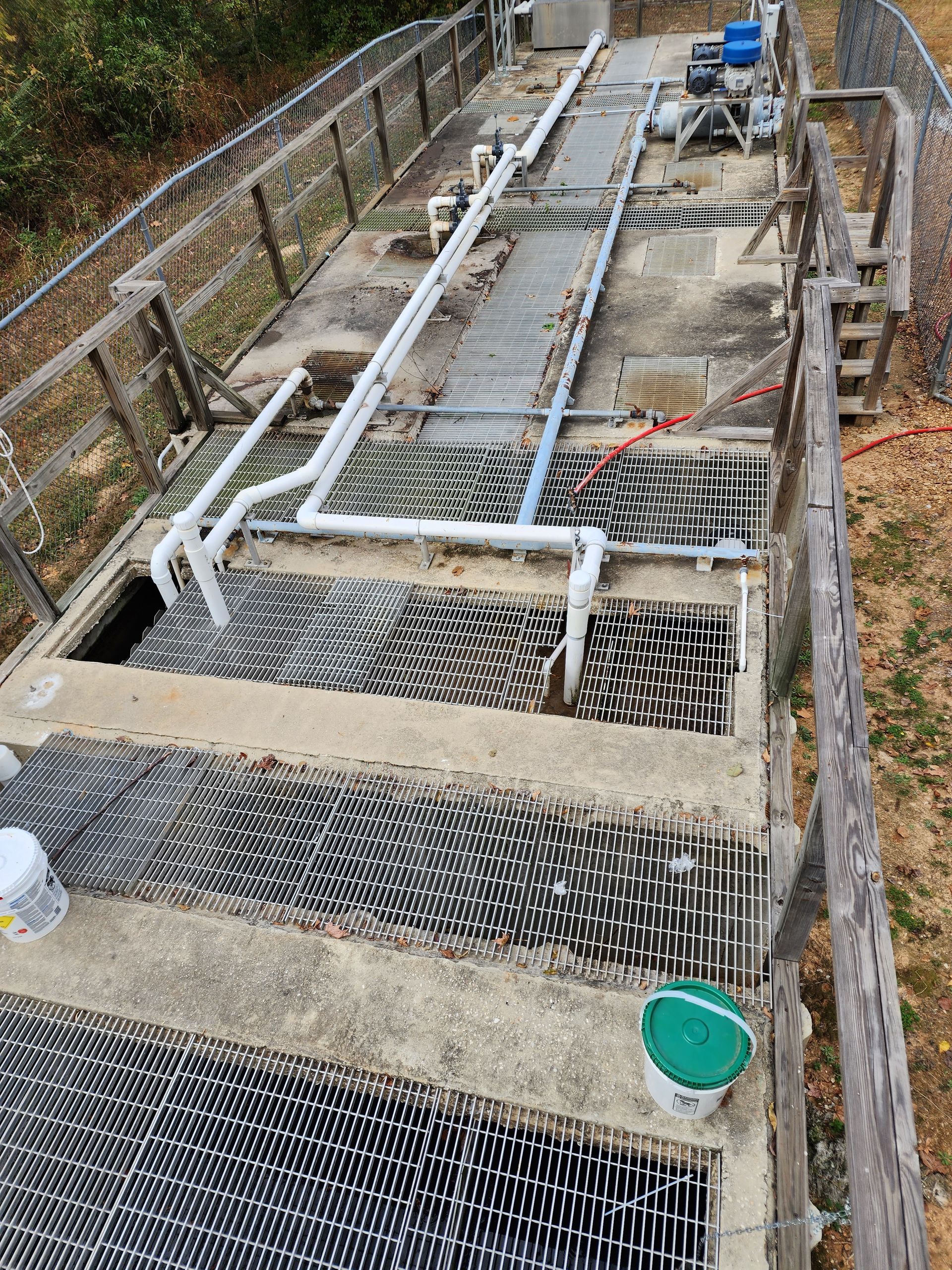
Commercial properties rely on septic systems to manage wastewater efficiently and comply with environmental regulations. Proper maintenance is crucial to prevent system failures, protect public health, and ensure uninterrupted business operations. In this guide, Oxford Septic Services shares valuable tips to help business owners maintain their commercial septic systems effectively. Chapter 1: Understanding Commercial Septic Systems Overview of the components and functioning of commercial septic systems, including tanks, pipes, and drain fields Explanation of the differences between residential and commercial septic systems, such as larger capacity requirements and higher wastewater volumes Chapter 2: Implementing Regular Maintenance Practices Importance of scheduling routine maintenance tasks, such as septic tank pumping, inspections, and grease trap cleaning, to prevent system failures and maintain compliance with regulations Tips for creating a maintenance schedule and partnering with qualified professionals, like Oxford Septic Services, to ensure timely service Chapter 3: Monitoring System Performance Discussion of the importance of monitoring system performance indicators, such as wastewater flow rates, effluent quality, and odors, to detect issues early and prevent costly repairs Recommendations for installing monitoring devices, such as flow meters and alarm systems, to provide real-time feedback on system health Chapter 4: Implementing Best Practices for Waste Management Explanation of best practices for managing wastewater generated by commercial operations, including proper disposal of grease, chemicals, and other contaminants Importance of educating employees about the impact of their actions on the septic system and providing training on proper waste management procedures Chapter 5: Maintaining Compliance with Regulatory Requirements Overview of regulatory requirements for commercial septic systems, including permitting, reporting, and record-keeping obligations Tips for staying informed about local regulations and working with regulatory agencies to ensure compliance Chapter 6: Planning for Emergency Situations Importance of developing an emergency response plan to address system failures, leaks, and other unforeseen events promptly Recommendations for establishing relationships with emergency service providers, like Oxford Septic Services, to ensure rapid response and minimize downtime Conclusion: Proper maintenance is essential for ensuring the reliable operation of commercial septic systems and protecting public health and the environment. By implementing regular maintenance practices, monitoring system performance, and staying informed about regulatory requirements, business owners can minimize the risk of system failures and ensure compliance with environmental regulations. With the support of experienced professionals like Oxford Septic Services, commercial property owners can maintain efficient and reliable septic systems for years to come.
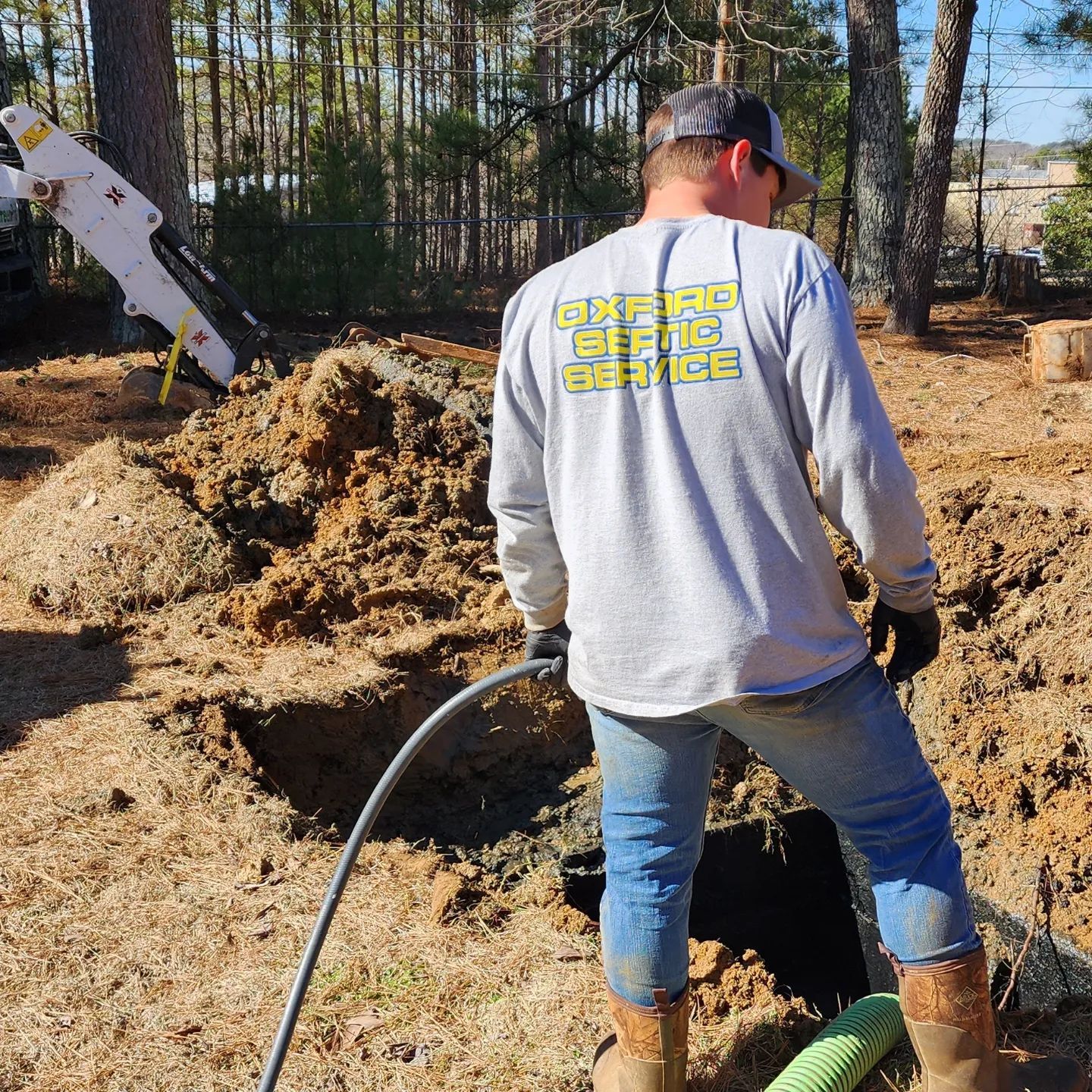
Septic systems play a crucial role in managing wastewater for millions of homes and businesses across the country. Regular maintenance is essential to ensure these systems function efficiently and avoid costly repairs. In this guide, Oxford Septic Services sheds light on the importance of regular septic system maintenance and provides valuable insights to help homeowners and business owners understand why proactive care is essential. Chapter 1: Preventing System Failures Explanation of how regular maintenance, including septic tank pumping and inspections, helps prevent system failures by identifying and addressing issues before they escalate Examples of common problems that can lead to system failures, such as clogs, leaks, and drain field saturation, and how proactive maintenance can mitigate these risks Chapter 2: Protecting Property Value Discussion of how a well-maintained septic system enhances property value by providing reliable wastewater treatment and minimizing the risk of property damage from system failures Importance of maintaining accurate maintenance records and ensuring compliance with local regulations to demonstrate the system's integrity to potential buyers Chapter 3: Safeguarding Health and Safety Overview of the health and safety hazards associated with neglected septic systems, including groundwater contamination, exposure to pathogens, and foul odors Role of regular maintenance in safeguarding public health and protecting the environment from the harmful effects of untreated wastewater Chapter 4: Extending System Lifespan Explanation of how regular maintenance extends the lifespan of septic systems by reducing wear and tear on system components and preventing premature failure Importance of proactive care in preserving the structural integrity of tanks, pipes, and drain fields to avoid costly replacements Chapter 5: Minimizing Environmental Impact Discussion of the environmental benefits of regular septic system maintenance, such as reducing nutrient pollution, preserving water quality, and conserving natural resources Role of environmentally friendly maintenance practices, such as soil aeration and bioaugmentation, in minimizing the ecological footprint of septic systems Chapter 6: Compliance with Regulations Overview of regulatory requirements for septic system maintenance, including pumping frequency guidelines, inspection mandates, and reporting obligations Importance of staying informed about local regulations and working with licensed professionals, like Oxford Septic Services, to ensure compliance and avoid penalties Conclusion: Regular septic system maintenance is essential for protecting property value, safeguarding health and safety, and minimizing environmental impact. By understanding the importance of proactive care and partnering with trusted professionals like Oxford Septic Services, homeowners and business owners can ensure their septic systems remain reliable and efficient for years to come.
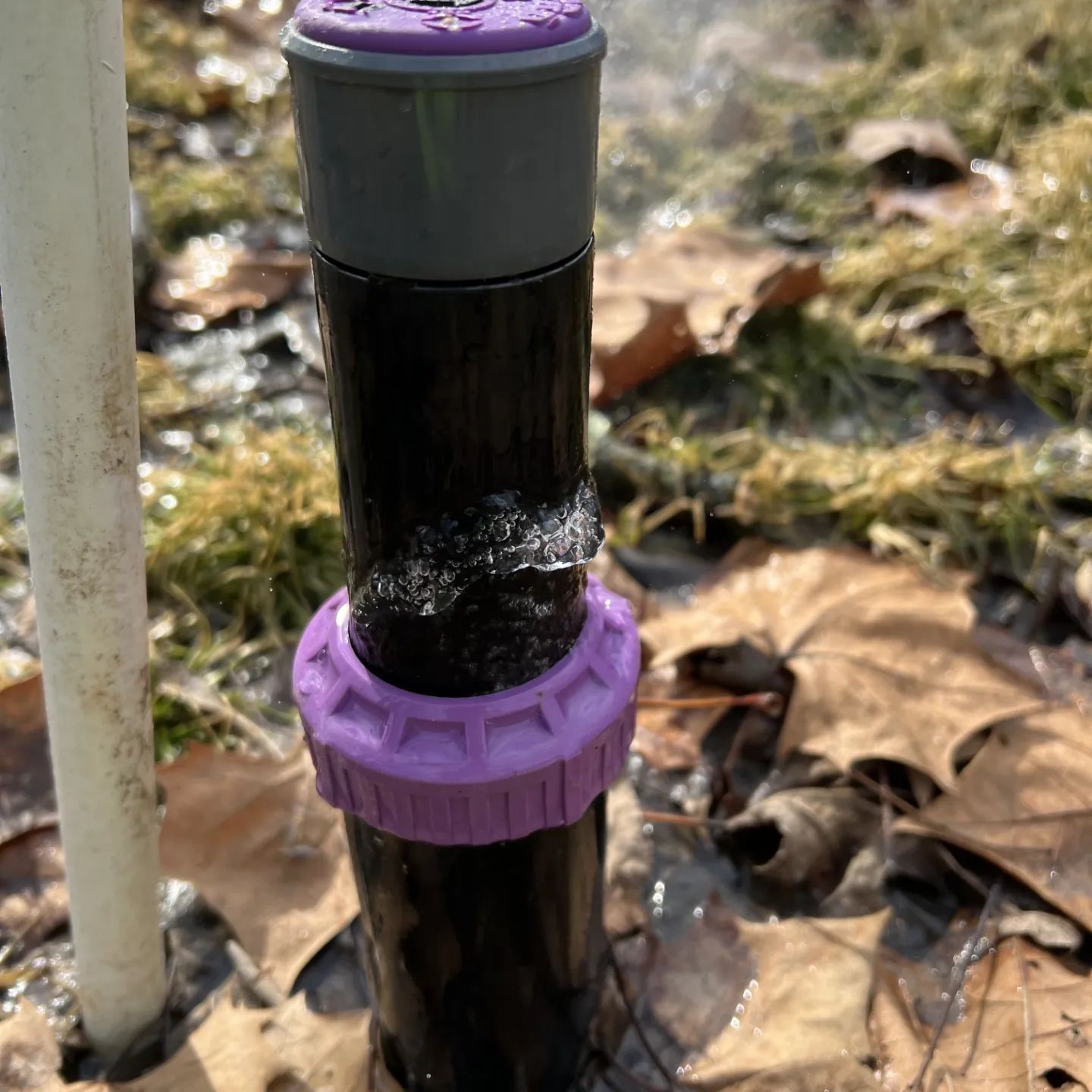
Exploring Innovative Technologies in Septic System Maintenance: Insights from Oxford Septic Services
As technology continues to advance, so do the methods and tools available for maintaining septic systems. In this guide, Oxford Septic Services delves into the innovative technologies revolutionizing septic system maintenance and shares insights into how these advancements benefit homeowners. Chapter 1: Smart Septic Monitoring Systems Overview of smart septic monitoring systems that use sensors and wireless technology to provide real-time data on septic tank levels, temperature, and pressure Benefits of smart monitoring systems, including early detection of issues, optimized pumping schedules, and reduced risk of system failures Chapter 2: Aerobic Treatment Units (ATUs) Explanation of aerobic treatment units, which use oxygen to break down waste more efficiently than traditional anaerobic systems Advantages of ATUs, such as improved treatment effectiveness, reduced odor emissions, and lower energy consumption Chapter 3: Advanced Treatment Technologies Overview of advanced treatment technologies, such as membrane bioreactors (MBRs) and sequential batch reactors (SBRs), which provide enhanced wastewater treatment capabilities Applications of advanced treatment technologies in residential and commercial septic systems for higher effluent quality and environmental protection Chapter 4: Grease Interceptors and Filters Discussion of grease interceptors and filters designed to prevent grease and solids from entering the septic system and causing clogs Importance of grease management in commercial kitchens and food service establishments to maintain system functionality and prevent backups Chapter 5: Soil Remediation Techniques Explanation of soil remediation techniques, including bioremediation and soil aeration, used to rejuvenate drain fields and restore their absorption capacity Benefits of soil remediation for extending the lifespan of septic systems and avoiding costly repairs or replacements Chapter 6: Remote Operation and Maintenance Overview of remote operation and maintenance capabilities enabled by internet-connected devices and mobile apps, allowing homeowners to monitor and control their septic systems from anywhere Convenience and peace of mind offered by remote access to system data, alarm notifications, and maintenance reminders Chapter 7: Sustainable Septic Solutions Exploration of eco-friendly septic system technologies, such as composting toilets, graywater recycling systems, and rainwater harvesting, that reduce water consumption and minimize environmental impact Commitment of Oxford Septic Services to offering sustainable solutions that prioritize environmental stewardship and resource conservation Conclusion: By embracing innovative technologies in septic system maintenance, homeowners can benefit from improved efficiency, enhanced performance, and greater convenience. Oxford Septic Services remains at the forefront of these advancements, empowering homeowners to achieve sustainable and resilient septic solutions for years to come.
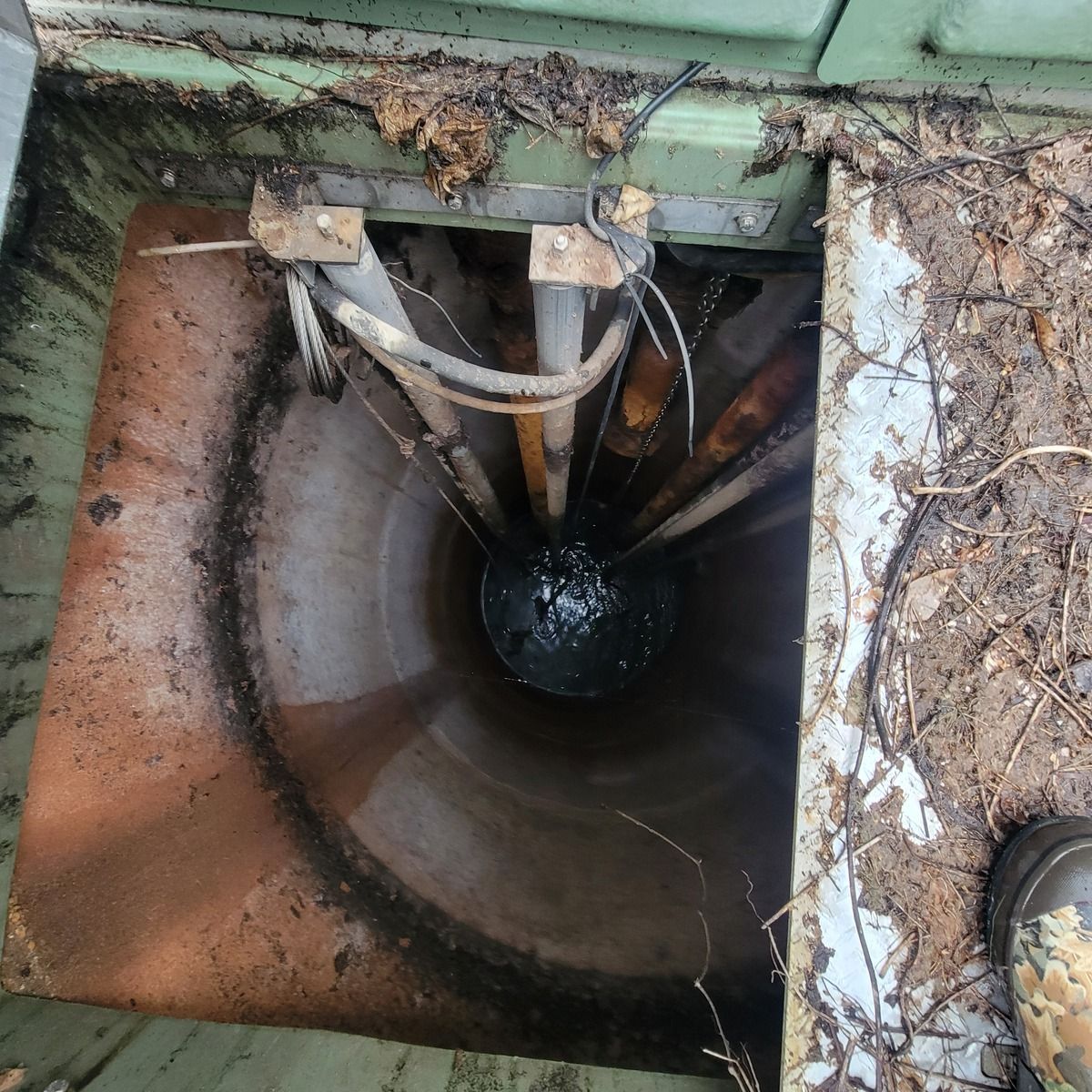
Maintaining a healthy septic system is essential for the well-being of your home and the environment. In this comprehensive guide, Oxford Septic Services shares expert tips to help homeowners keep their septic systems in optimal condition and avoid costly repairs. Chapter 1: Understanding Your Septic System Explanation of how septic systems work and their components, including the tank, distribution box, and drain field Importance of regular maintenance to prevent system failures and environmental contamination Chapter 2: Septic System Maintenance Dos and Don'ts Dos: Best practices for maintaining a healthy septic system, such as conserving water, using septic-safe products, and scheduling regular inspections and pumping Don'ts: Common mistakes to avoid, including flushing non-biodegradable items, pouring grease down the drain, and overloading the system with excessive water usage Chapter 3: Regular Pumping and Inspection Schedule Importance of adhering to a regular pumping schedule to remove accumulated solids and prevent tank overflow Frequency recommendations for pumping based on household size, usage, and system capacity, as advised by Oxford Septic Services Chapter 4: Water Conservation Tips Strategies for conserving water to reduce strain on your septic system, such as fixing leaks, installing low-flow fixtures, and spreading out laundry and dishwasher usage Benefits of water conservation for extending the lifespan of your septic system and reducing water bills Chapter 5: Septic-Safe Practices Guidance on using septic-safe products, including toilet paper, cleaning products, and laundry detergents, to avoid damaging your system Importance of avoiding chemical drain cleaners and opting for natural alternatives to maintain a healthy balance of bacteria in the tank Chapter 6: Landscaping Considerations Tips for landscaping around your septic system to protect it from damage, such as avoiding planting trees and shrubs near the drain field and minimizing soil compaction Importance of maintaining proper drainage and avoiding heavy machinery on top of the septic system Chapter 7: Signs of Potential Issues Explanation of common signs that indicate a problem with your septic system, such as foul odors, slow drains, and soggy or lush grass over the drain field Importance of addressing issues promptly to prevent further damage and costly repairs Conclusion: By following the expert tips provided by Oxford Septic Services in this guide, homeowners can take proactive steps to maintain a healthy septic system and avoid potential problems down the road. Regular maintenance, water conservation, septic-safe practices, and proper landscaping are key to ensuring the longevity and functionality of your septic system.
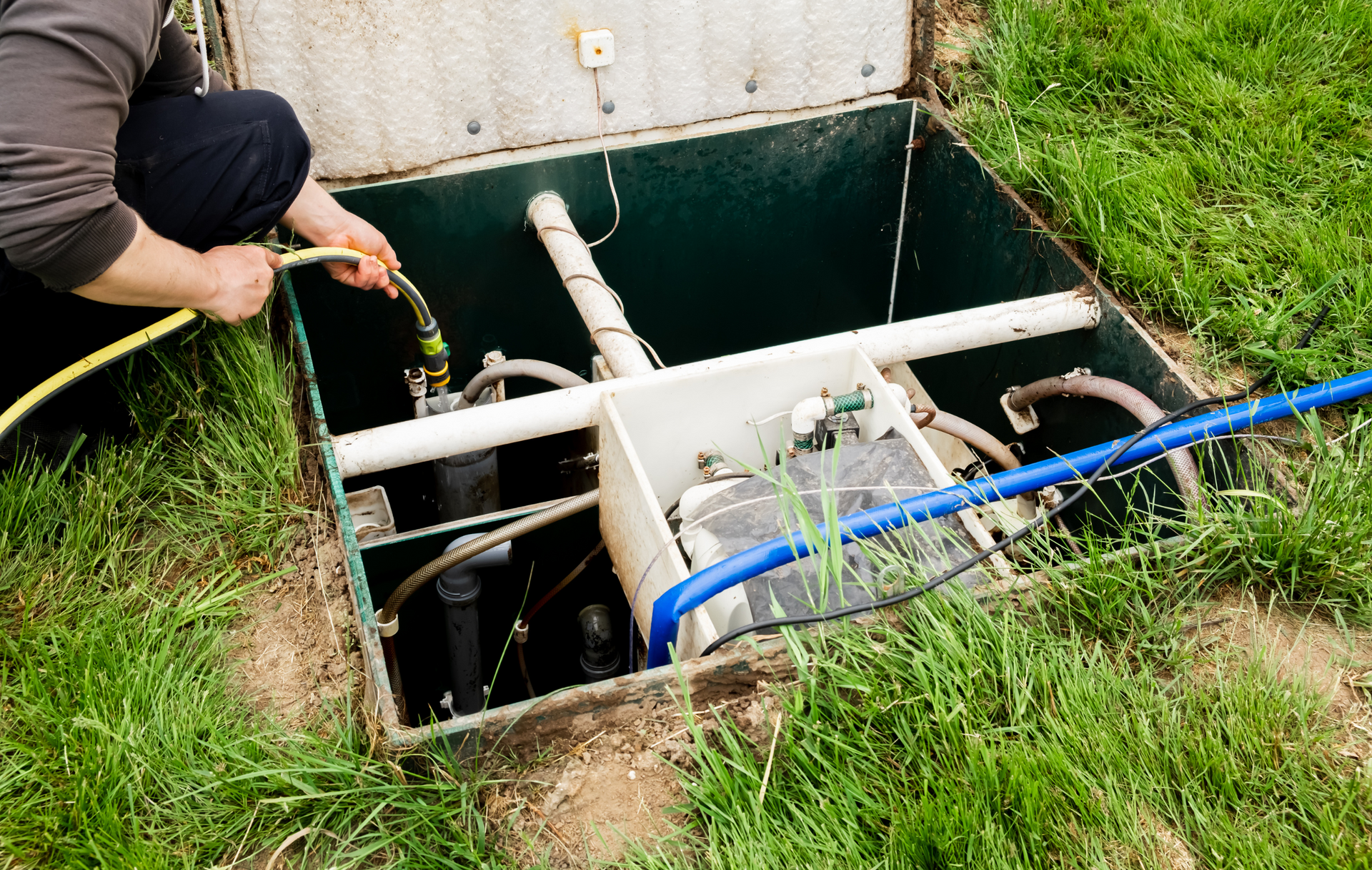
Regular septic system inspections are essential for maintaining the health and functionality of your system. In this guide, Oxford Septic Services shares valuable insights into the importance of professional septic system inspections and why they should be a priority for every homeowner. Chapter 1: Understanding Septic System Inspections Definition of septic system inspections and their purpose in identifying potential issues before they escalate into costly repairs Explanation of the different types of inspections, including routine maintenance inspections, pre-purchase inspections, and inspections following system repairs or upgrades Chapter 2: Benefits of Professional Inspections Detailed overview of the benefits of hiring a professional septic service provider for inspections, such as their expertise, specialized equipment, and thoroughness Discussion on how professional inspections can help prevent system failures, ensure compliance with regulations, and maintain property value Chapter 3: Inspection Process Step-by-step explanation of the inspection process, from initial assessment to final report generation Insight into the tools and techniques used during inspections, including visual inspections, dye tests, and soil analysis Chapter 4: Common Issues Identified During Inspections Identification of common septic system issues discovered during inspections, such as leaks, blockages, root intrusion, and tank deterioration Explanation of the potential consequences of untreated issues and the importance of prompt action Chapter 5: Frequency of Inspections Guidance on the recommended frequency of septic system inspections based on factors such as system age, usage, and local regulations Discussion on how regular inspections can prolong the lifespan of your septic system and save you money in the long run Chapter 6: DIY vs. Professional Inspections Comparison of do-it-yourself inspections versus professional inspections, highlighting the limitations of DIY approaches and the advantages of hiring a professional Advice on when to opt for professional inspections and how to choose a reputable septic service provider Conclusion: Professional septic system inspections are crucial for ensuring the longevity and functionality of your system. By investing in regular inspections conducted by experienced professionals like Oxford Septic Services, homeowners can identify and address potential issues early, ultimately saving time, money, and hassle in the long term. With the insights provided in this guide, homeowners can make informed decisions about the care and maintenance of their septic systems.
